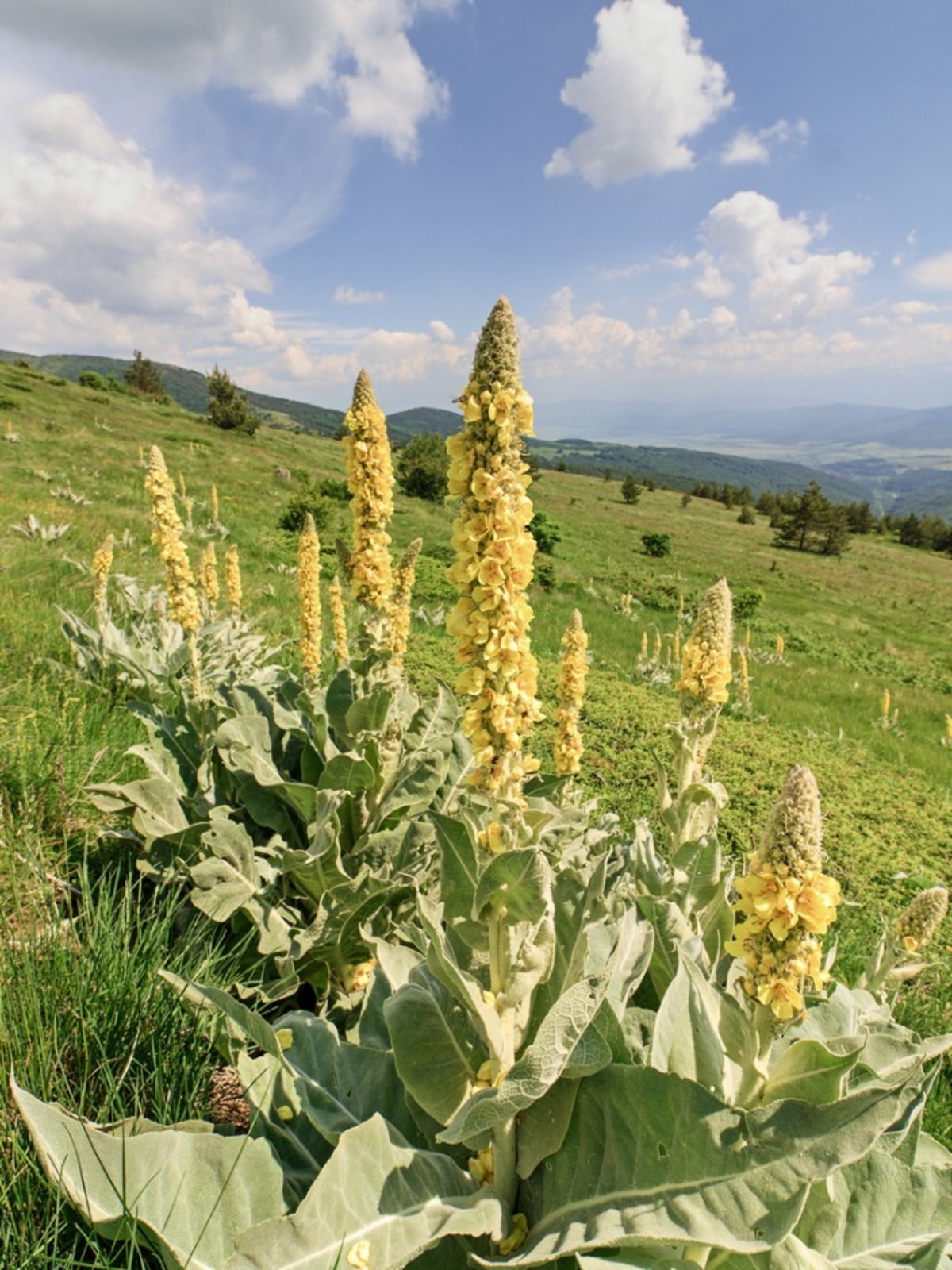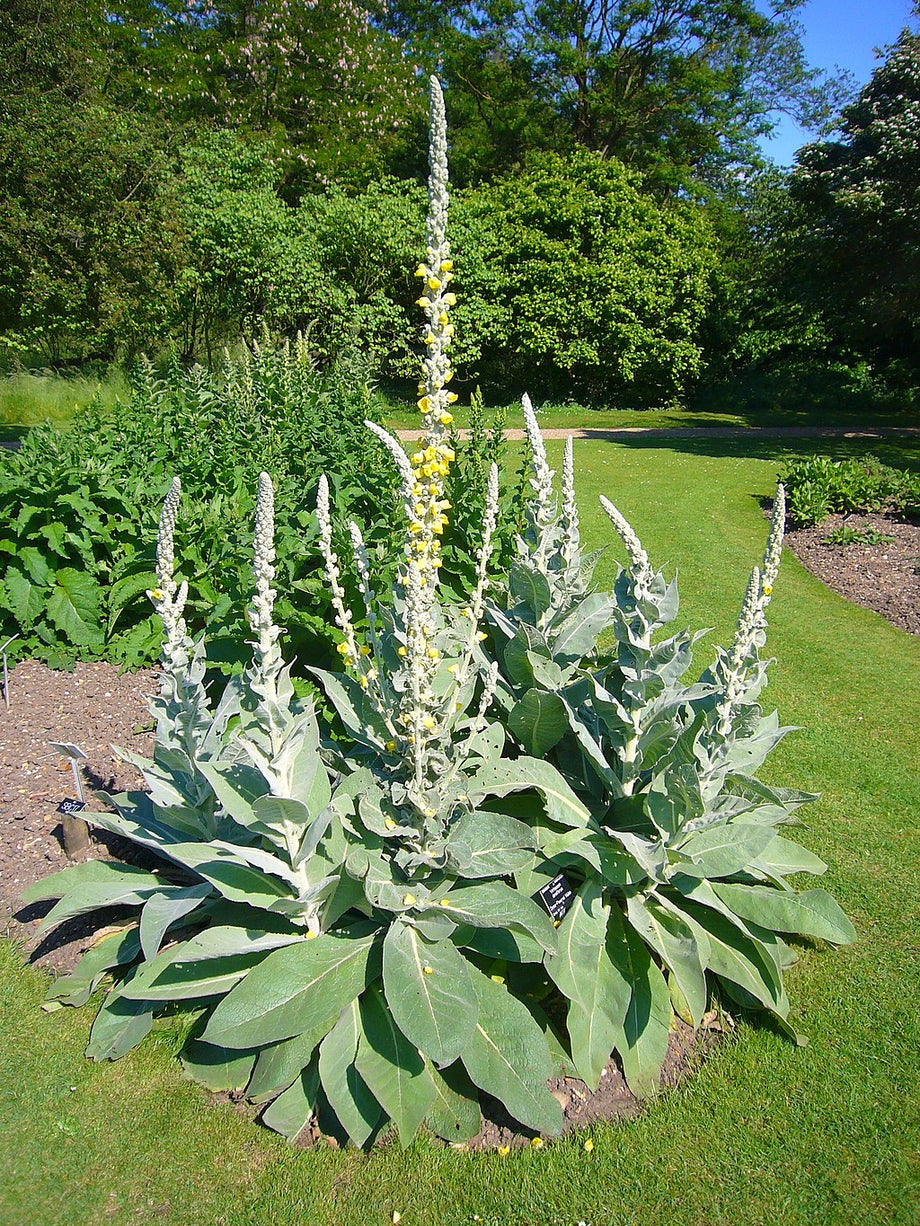Mullein leaf is a versatile herb with a long history of use in traditional medicine. It is derived from the Verbascum genus of plants, which includes over 300 species. Mullein is native to Europe, North Africa, and western Asia but has been naturalized in many other parts of the world.
Key Features of Mullein Leaf
Tall Stature: Mullein plants can grow quite tall, often reaching heights of 2-5 feet.
Traditional Uses of Mullein Leaf
Mullein leaf has been used for centuries to treat a variety of ailments. Some of its traditional uses include:

Respiratory Health: Mullein leaf is often used to soothe coughs, colds, and bronchitis. It is thought to have expectorant properties that help to loosen mucus and phlegm.
Modern Research on Mullein Leaf
In recent years, there has been increasing interest in the potential health benefits of mullein leaf. While more research is needed, some studies have suggested that mullein leaf may have the following properties:
Antioxidant: Mullein leaf contains antioxidants that can help to protect cells from damage.
How to Use Mullein Leaf

Mullein leaf can be used in a variety of ways, including:
Tea: Mullein leaf tea can be made by steeping dried leaves in hot water.
Safety Considerations
Mullein leaf is generally considered safe when used in recommended doses. However, it is important to consult with a healthcare professional before using mullein leaf if you are pregnant, breastfeeding, or have any underlying health conditions.
Conclusion
:max_bytes(150000):strip_icc()/mullein-plant-growing-guide-5203326-hero-b0d16f1824194b41a0d45e4532f62b87.jpg)
Mullein leaf is a versatile herb with a long history of use in traditional medicine. While more research is needed, there is evidence to suggest that mullein leaf may have a variety of health benefits. If you are interested in exploring the potential benefits of mullein leaf, it is important to consult with a healthcare professional to determine if it is right for you.





:max_bytes(150000):strip_icc()/how-to-grow-and-care-for-lemon-verbena-4690675-hero-b68eb790170741e1a05d9e366a20b47c.jpg?w=200&resize=200,112&ssl=1)